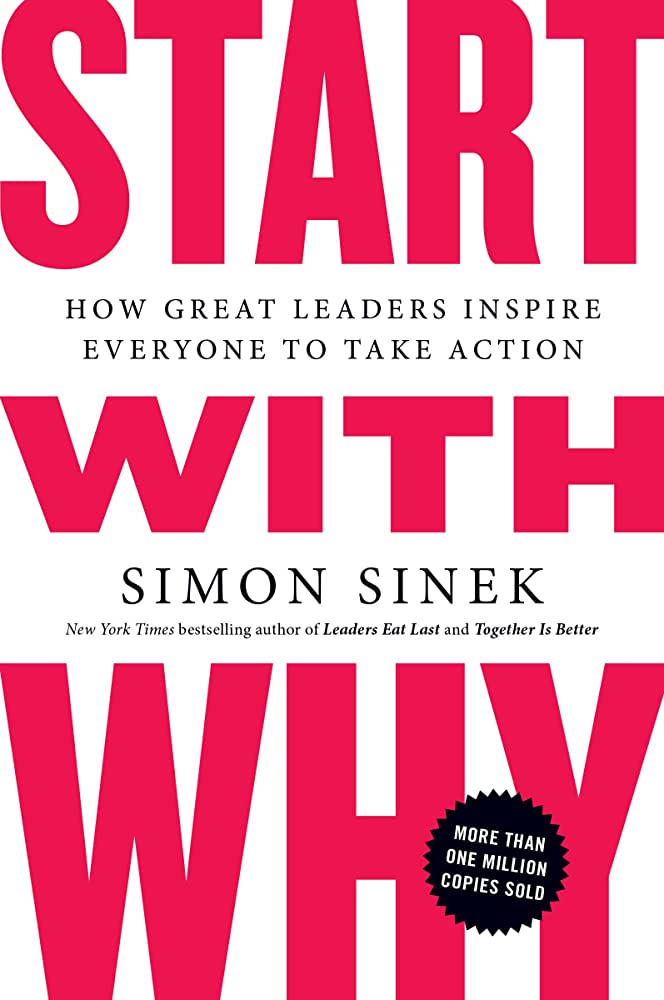Culture by Design: 8 simple steps to drive better individual and organizational performance
RATING


“Culture by Design”, authored by David J. Friedman, an experienced consultant and the founder of High Performing Culture, presents a structured framework for building a robust, high-performance organizational culture.
Friedman insists on the importance of creating an intentional culture, emphasizing that without an intentional effort, organizations might unintentionally develop a weak or even destructive culture. He introduces a clear, step-by-step methodology called the Culture Operating System (COS), which consists of eight straightforward steps aimed at creating a high-performing culture.
The COS is intended to transform abstract ideas about culture into concrete, actionable behaviors. It begins with defining core behaviors, communicating them effectively, integrating them into talent management processes, and ensuring leadership alignment. Friedman also draws an important distinction between values (that are more abstract ideas) and behaviors (that are concrete and easily learnable action patterns). It is the behaviors that are of utmost importance, as they can be effectively taught and be used to translate values into real life.
The book also focuses on the importance of consistency in applying these behaviors and providing regular coaching and feedback. The author underscores the necessity of constant reinforcement and iteration for any cultural change to stick and drive performance.
Friedman’s model is heavily centered on accountability and encourages developing a shared language within the organization to foster understanding and alignment. The book is filled with real-life examples, tools, and actionable strategies that make it a practical guide for leaders aiming to transform their organizational culture.
The book’s strength lies in its simplicity and practicality. Friedman’s step-by-step methodology is clear, and he presents his ideas in a concise and engaging manner. The book is accessible and easy to understand, which enhances its appeal to a broad range of readers.
Moreover, the use of real-life examples and the provision of concrete tools and strategies make the book more actionable. It gives leaders a decently clear roadmap to follow when embarking on the journey of cultural transformation.
Finally, the emphasis on the importance of an intentional culture and the role it plays in driving organizational performance is particularly relevant in today’s business environment. The book effectively communicates the significance of a strong culture and its impact on various facets of an organization, from employee engagement to customer satisfaction and bottom-line results.
While the book provides a comprehensive guide to building a high-performance culture, it may be seen as too prescriptive by some readers. The steps presented might not be applicable to every organization, given their unique context and circumstances.
Indeed, Friedman’s vision of the corporate culture and leadership leans heavily towards a top-down, almost autocratic type, where the “visionary” leader is the only one defining almost everything. Friedman devotes little role even to senior leadership, not to mention middle management or “common” employees – which goes against the modern corporate wisdom in such giants as Google, Apple, or Netflix.
Moreover, the book’s focus on accountability and behavior might overlook other aspects of organizational culture, such as shared beliefs, values, and the influence of external factors.
Lastly, the book could benefit from further exploration of the challenges and potential resistance that leaders might encounter when implementing these steps, and strategies to overcome them.
Culture has become the hottest word in today’s organizational lexicon. From boardrooms to locker rooms, everyone’s talking about the critical link between culture and extraordinary team performance.
Yet, as clear as that link may be, understanding what culture is, and what to do about it, has always been so murky. Until now.
In this game-changing book, David Friedman cuts through the fog and provides a simple, clear, and practical roadmap for building a high-performing culture – in any organization. Filled with stories and examples from his own leadership career, as well as his work with hundreds of other CEOs, Friedman brings a level of credibility and practical wisdom that stands in stark contrast to the typical academic treatment of culture. Delivered with his legendary logic and easy-to-read style, he makes understanding culture so simple that you’ll wonder why you didn’t think of it all yourself.
Quite possibly, it’s the most useful book ever written on organizational culture.
“Culture by Design” is primarily directed towards leaders, managers, and anyone tasked with driving cultural change within an organization. It’s also a valuable resource for HR professionals and consultants focused on organizational development.
If you are looking for more excellent books on corporate culture, “The Culture Code: The Secrets of Highly Successful Groups” (2018) by Daniel Coyle provides insights into the dynamics of successful teams and how they create a culture of innovation and creativity. Check out our review!
If you want to learn about different, less top-down types of corporate culture where the employee voice is of greater importance, check out or reviews on “Work Rules!“ by Laszlo Bock where he discusses the corporate culture at Google, or “No Rules Rules” by Reed Hastings about Netflix. Alternatively, you can learn how to diffuse knowledge and good practices in your company by creating a “learning organization” in classic “The Fifth Discipline” (Senteo review)

This book is multifaceted, providing both strategic and tactical insights into the process of building a high-performance culture. It offers a comprehensive approach to the subject, covering various aspects such as leadership alignment, talent management, coaching, feedback, and consistent reinforcement.
See content on this topic


Understand the value of a customer-oriented analytics package and how behavioral scenarios can be used to improve profitability through influencing behavior and usage.
To understand the principles of game dynamics and learn how to effectively use the elements of gamification in business: to involve customers, employees and contractors in the process.
Understanding branding and communications from the standpoint of emotional engagement and building relevant and meaningful dialogue with customers.
This course covers a complete view of customer touch points (both physical and virtual) and a unique model for standardizing and managing customer contact models across channels including approaches for customer feedback, quality management, and migration.
Experiential Branding & Communications – Improving Brand Integration Through Emotional Engagement.
This course covers a complete view of customer touch points (both physical and virtual) and a unique model for standardizing and managing customer contact models across channels.
Sales training for front line along with basic development and coaching principles for line management.
Understanding how leaders must evolve with relation to the evolution of business models, new management models, and the significant changes to the workforce with Digital Natives now making up more than 50% of the workforce globally.
Understand the theory and mechanics of developing and managing a customer-centric and experience-driven corporate culture that is consistent and stable and includes elements of Employee Experience (EX) and Employee Relationship Management (ERM).
Understanding the evolution of leadership styles, management models, organizational structures, performance measurement and guiding change in the evolution of business models from product-centric to customer-centric and even relationship-centric.
Understand how to manage both internal and external digital transformation while considering the landscape for digital business models and the effect on traditional business models. Understanding organizational readiness for transformation and the role of corporate culture in managing transformations.
The changes in consumer behavior, employee behavior, and the evolution of business models in the digital age cause significant difficulties and imperatives for leaders who must develop new skills and evolve their leadership styles to be effective in this fast changing, challenging, and competitive environment.
Understanding how leaders must evolve with relation to the evolution of business models, new management models, and the significant changes to the workforce with Digital Natives now making up more than 50% of the workforce globally.
Understand how to manage both internal and external digital transformation while considering the landscape for digital business models and the effect on traditional business models. Understanding organizational readiness for transformation and the role of corporate culture in managing transformations.
The changes in consumer behavior, employee behavior, and the evolution of business models in the digital age cause significant difficulties and imperatives for leaders who must develop new skills and evolve their leadership styles to be effective in this fast changing, challenging, and competitive environment.
Understanding how to design & manage change/transformation programs in organizations of different sizes. This course will help any size team or organization to better deal with change & transformation on any scale.




 Copy Link
Copy Link
 E-mail
E-mail
 LinkedIn
LinkedIn
 Facebook
Facebook
 Telegram
Telegram
 WhatsApp
WhatsApp

















 Go Back
Go Back
Leave a Reply
You must be logged in to post a comment.